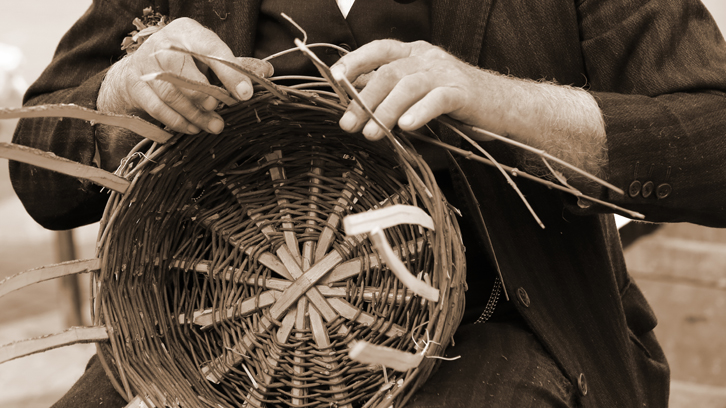The apple never falls far from the tree: Intergenerational transmission in the families of farmers and artisans in the pre-industrial era

Historically, families tended to place their members in better-off social and economic positions in order to biologically perpetuate their lineages over time using a range of intergenerational transmission strategies in the demographic, legal and economic domains as the legal inheritance system or the total number of children. This article aimed at shedding light on strategies, whether competitive or cooperative, adopted by farmer and artisan families in pre-industrial Barcelona area (16th – 17th centuries) in order to provide for their descendants comparing them with the strategies followed by the rest of society.
We used data from the Barcelona Historical Marriage Database (BHMD) developed within the Advanced Grant ‘Five Centuries of Marriages’ (5CofM) funded by the European Research Council (IP. Anna Cabré), compiling a unique ecclesiastical and fiscal marriage source -Llibres d’Esposalles (Marriage License Books). These books include all marriages held in the Diocese of Barcelona between 1451 and 1905 (around 250 parishes in 1900). The origin of the source goes back to 1409, when Pope Benedict XIII (1328–1423) visited Barcelona and granted the new cathedral the power to impose a marriage tax to charge each union held in the diocese for funding the cathedral’s construction and maintenance. We study the 1547-1643 period as occupations of fathers and children were reported concurrently, while for women were never recorded.
Since the aim was analysing social mobility among siblings by using marriage licences registers, we needed to carry out a family reconstitution, because a single licence only relates parents with one of their children, which means that we must create the link among all siblings sharing the same parents. This link has been built with the software BuscaDescendencies (‘Looking for Offspring’) developed within the abovementioned 5CofM project. The data was analyzed through multilevel models by nesting siblings in their families. In this way, we assessed how similar siblings were in status attainment in view of high levels of ascription as in pre-industrial periods is expected as well as taking into account that siblings usually share social, economic, etc. characteristics and constraints.
In general terms, we found high intergenerational transmission of occupation/status in the Barcelona area along the early modern period as expected in a pre-industrial society. This behavior mainly replicated for farmers, whose children tended to be farmers (feature also promoted among the elite as well). Conversely, among artisans, their sons were also artisans even though not inheriting the same specific occupation. First-married children were the main inheritors of parental status in all social groups, especially among farmers. However, some second- or third-married farmers’ children were able to follow artisan careers. The number of children (sibship size) and the time between father and children marriages and between children marriages had small and not statistically significant effects on status attainment for farmers. However, artisans’ offspring showed negative effects when they had a lot of brothers and sisters and positive effects for younger siblings marrying with greater inter-marriage intervals. This effect could be a product of the higher marriage waiting time among artisans, which had longer apprenticeship cycles. The likely negative effects for bigger sibship sizes among artisans could erroneously be assumed to take the form of an early resource dilution situation, which was compensate with an important mobility in different occupations of craft-related activities (weavers – fibre preparers; tailors – shoemakers).
The notable intergenerational transmission of occupation or social position observed among farmers and artisans suggests some of the mechanisms used within families to ensure the social reproduction of their offspring. Hence, the adoption of strategies mitigated mostly the likely effects on non-heir children deriving from an impartible inheritance system. In fact, the absence of day laborers among sons or sons-in-law in the families studied is a proof. In the case of artisans, the risk of sibling rivalry among non-inheritor children was avoided by placing their children into different but similar artisanal branches, creating economic and family networks. The significant increase in craft trades during this period reflects an ease of mobility into other artisans’ occupational groups, given the almost-total absence of artisans’ children in other social groups. Moreover, farmers also placed some of their children in this flourishing manufacturing industry at the countryside. Overall, this study contributes to show how pre-industrial societies were no unequivocally immobile.
References
Pujadas-Mora, Joana-Maria & Brea-Martínez, Gabriel & Jordà Sánchez, Joan-Pau & Cabré, Anna. (2018). The apple never falls far from the tree: siblings and intergenerational transmission among farmers and artisans in the Barcelona area in the sixteenth and seventeenth centuries. The History of the Family. 1-35. DOI: 10.1080/1081602X.2018.1426483.


